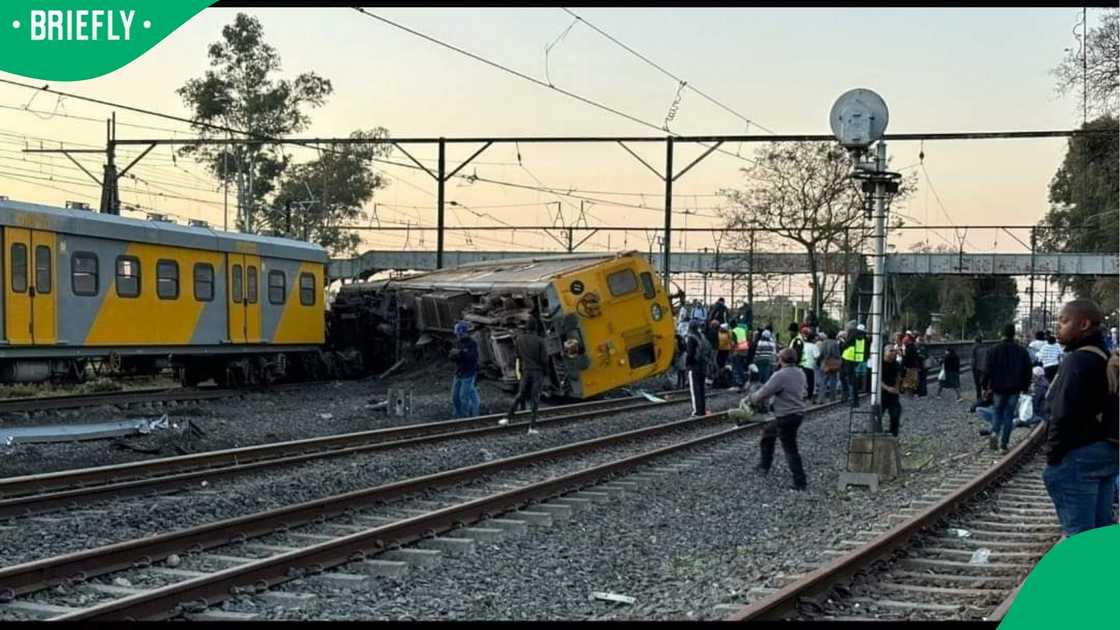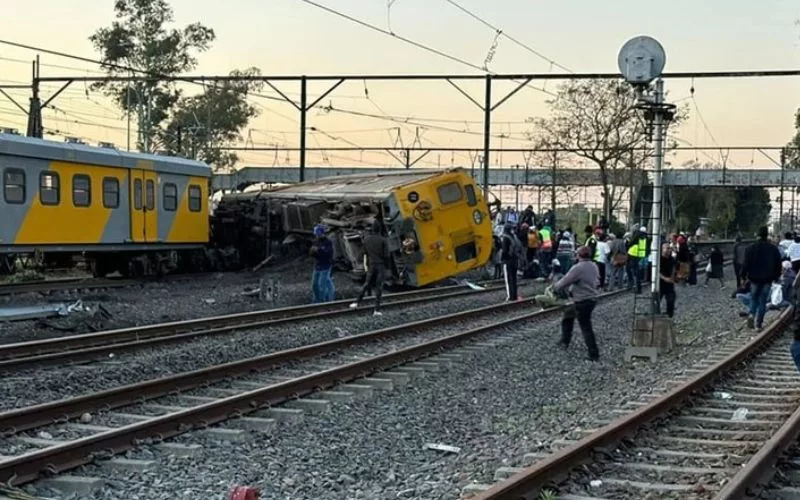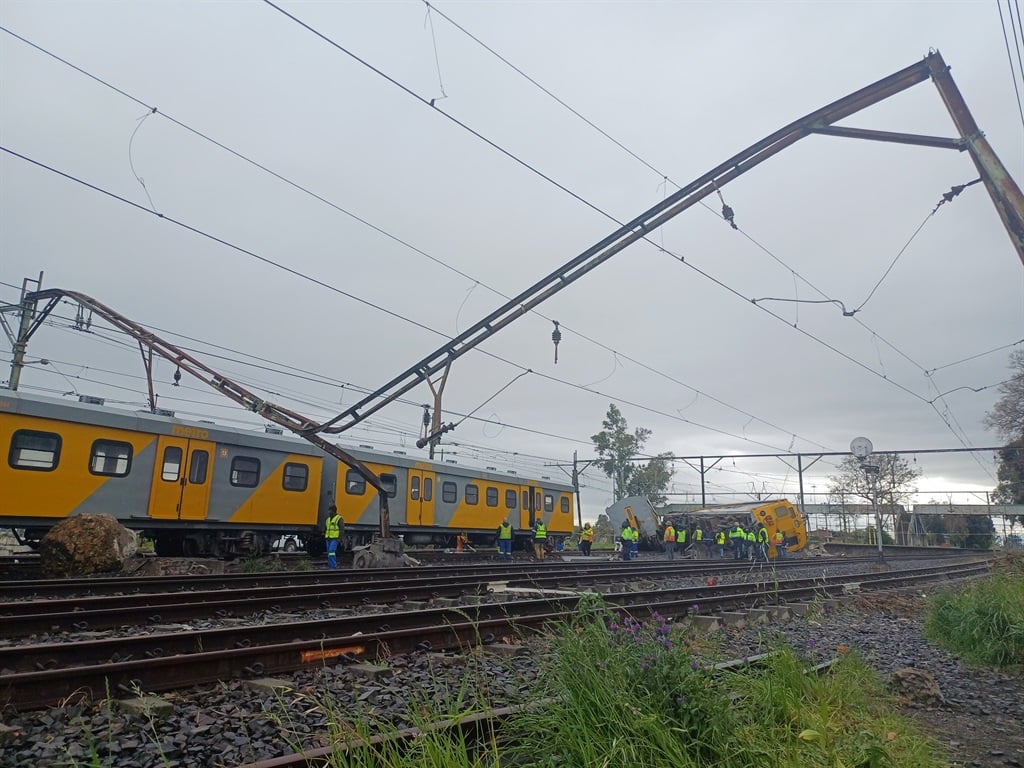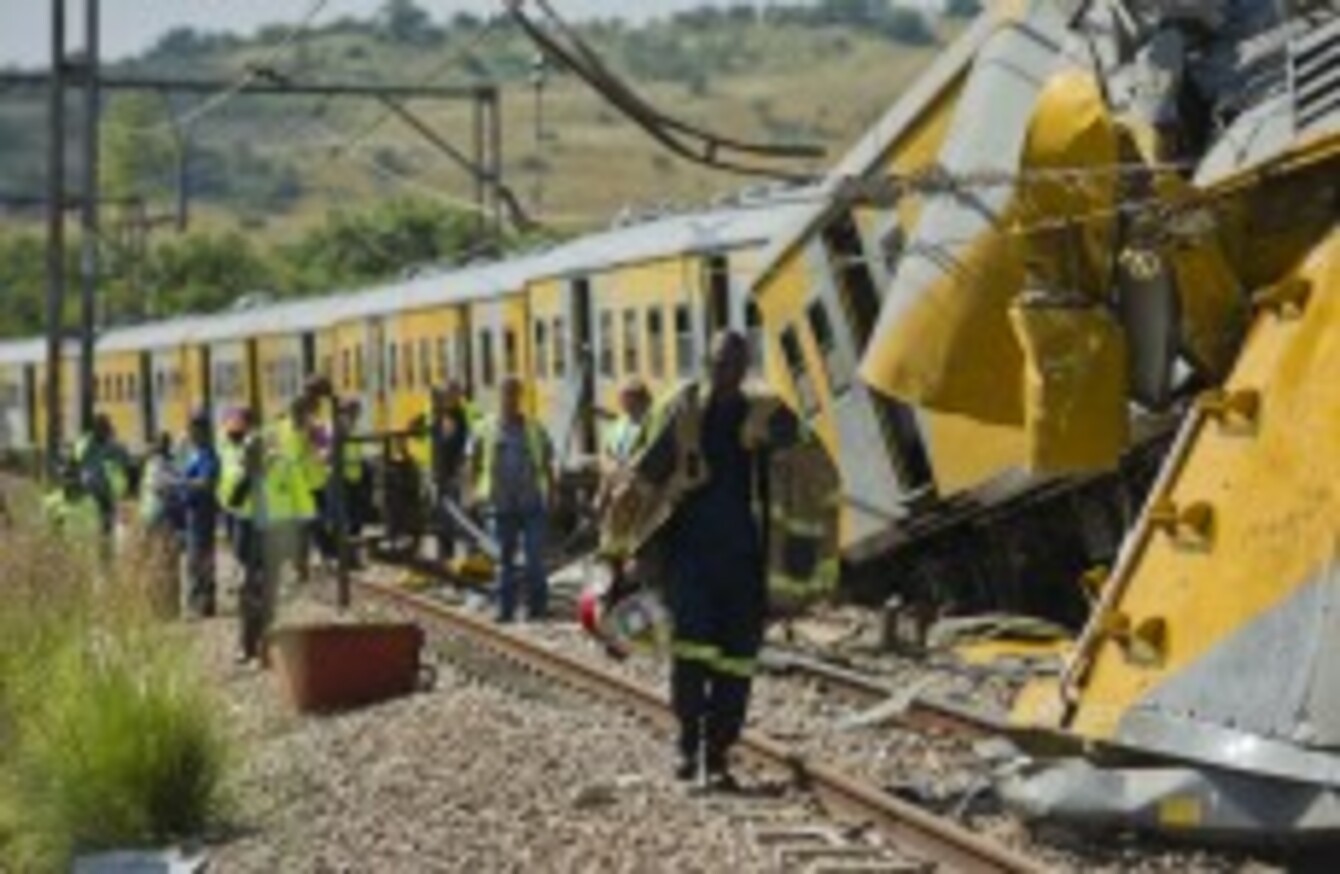Train Derailment In Paarl Sparks Concerns Over South Africa's Railway System
- Thirty-five people suffered injuries when a train heading to Dal Josafat Station in Paarl derailed.
- Passengers were trapped inside the train cars, but emergency responders managed to rescue them all.
- South Africans criticized the nation's infrastructure and accused taxi drivers of contributing to the derailment.
WESTERN CAPE — The derailment of a train near Paarl has once again shone a harsh spotlight on the state of South Africa’s railway system. This incident has sparked heated debates and left many questioning the safety and reliability of the country's public transportation infrastructure.
A total of 35 people were injured when a train en route to the Dal Josafat station in Paarl derailed, leaving several passengers trapped inside the carriages. While the scene was chaotic, emergency services worked tirelessly to free those who were stuck, ensuring no one was left behind.

Thankfully, No Fatalities Reported
In what could have been a far worse tragedy, no fatalities were reported from the derailment. Rescuers successfully freed everyone who had been trapped in the wreckage. Despite the relief that no lives were lost, questions remain about the cause of the derailment. At this point, the exact reasons are still unclear. However, the Passenger Rail Agency of South Africa (PRASA) has stated that they are actively investigating the matter to get answers.
Read also:Orlando Pirates Triumph In Mtn8 Heres How They Did It
While PRASA continues its investigation, many South Africans are demanding transparency and accountability. This derailment has reignited concerns about the safety of the country’s rail system and whether it is equipped to handle modern demands.
Rail Infrastructure Takes Center Stage
Following the derailment, the state of South Africa’s rail infrastructure has come under intense scrutiny. Social media users are expressing their frustration and disbelief, pointing fingers at outdated systems and lack of maintenance. Many are questioning why the Western Cape is still operating with the old yellow and grey Metrorail trains, especially when other regions have already transitioned to newer blue models.
Some online discussions have even gone so far as to suggest that taxi drivers might be involved in sabotaging the rail system. The theory is that these drivers feel threatened by trains taking away their customers. While this remains speculative, it highlights the complex dynamics at play in South Africa’s transportation sector.
Twitter user @Gowjas asked:
“Kanti, trains are not blue now?”
Meanwhile, @HenryFrancisFy1 weighed in:
“Taxi bosses aren’t happy that trains are taking their customers away.”
@MontecarlloV offered an insightful perspective on the infrastructure challenges:
Read also:A Daughterrsquos Proud Moment Showcasing Her Dads Incredible Kitchen Renovation
“They’re rushing to introduce new trains without addressing the existing issues with the rail lines. Some rail sleepers are buried deep into the ground due to overgrown vegetation. Trains are sensitive, and any disturbance on the tracks can easily lead to derailment.”
@Ronald627659178 shared his suspicions:
“Taxi bosses are involved! Mark my words.”
@MphoRailFan provided context regarding the use of older trains:
“Cape Town is still running the old yellow trains on certain lines because of the current state of the rail infrastructure in the area.”
@BringoA questioned the timing of the incident:
“When was this video taken? These are old trains. I haven’t seen them in Gauteng for almost two years now.”
@MelikhayaPants1 raised doubts about PRASA’s ability to manage advanced trains:
“Politicians keep promising high-speed trains, but PRASA can’t even manage the ones we have now. How are they going to handle something more complex?”
PRASA Reinstates Passenger Routes Amid Challenges
Despite these challenges, PRASA has made strides in restoring operations on 31 of its original passenger train routes earlier this year. This effort was aimed at reviving services that had been disrupted during the height of the Covid-19 pandemic. PRASA concentrated its efforts on key regions, including Gauteng, KwaZulu-Natal, and the Western Cape, to ensure that essential rail services were available to the public.
The restoration of these routes is a step in the right direction, but it also underscores the need for continued investment and improvement in South Africa’s railway infrastructure. As the nation looks toward a future with safer, more efficient public transportation, the lessons learned from incidents like the derailment in Paarl will undoubtedly play a critical role in shaping that future.


